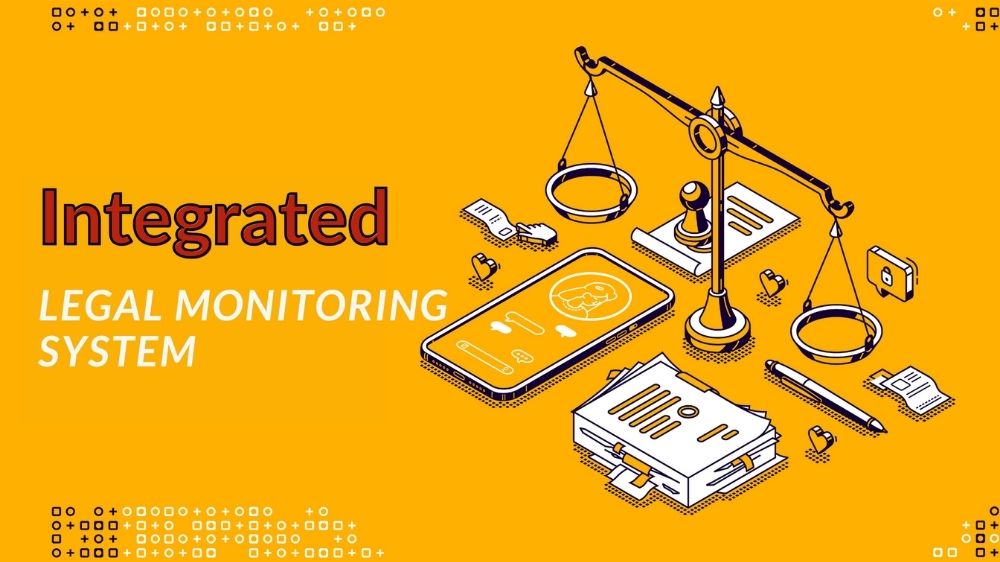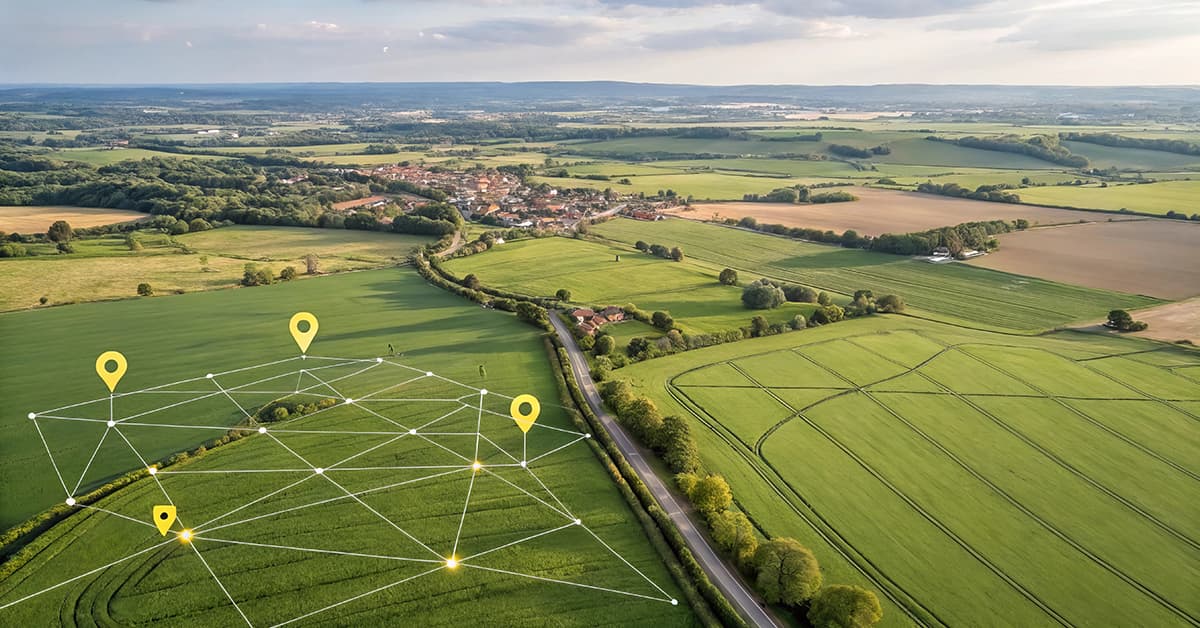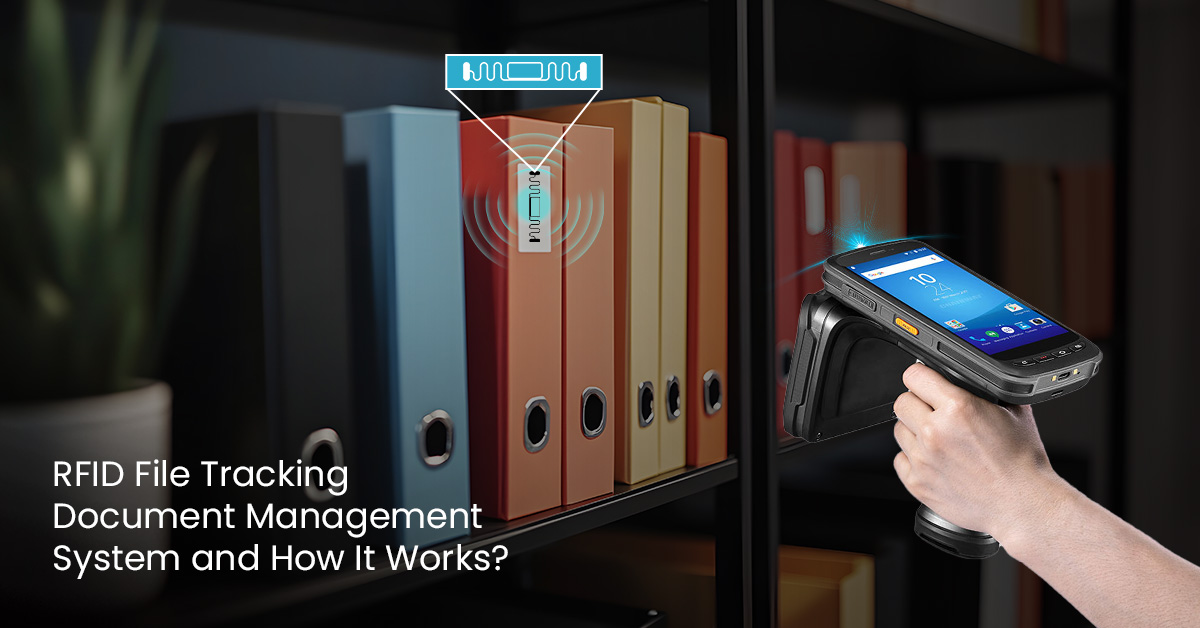Nearly two months back, the Delhi Development Authority (DDA) decided to switch to a digital platform for monitoring its pending legal cases. The agency is party to more than 25,000 types of litigations waiting to be disposed of at the Supreme Court, High Court, district court, consumer court, tribunals and forums. DDA opting for a technology enabled system is not a case in isolation. It’s a testimony to the growing inventory of legal cases across the country and a pointer to why governments and courts need a technology enabled, seamless system to deal with the backlog. India has a backlog of around 35 million cases piled up at various courts. But the point to ponder here is that 46 per cent of these accumulated cases are government litigations (source: National Judicial Grid) - where a government department or agency is the party. The scenario offers ample ground why legal monitoring by governments should go digital- to help swifter disposal of cases, to prevent any trust deficit with citizens, to ensure congenial ambience for businesses and last and yet not the least, avoid embarrassment for a top ranked official if a contempt of court case crops up.

Why Governments Should Fret Over Timely Justice Delivery?
Now, this sounds quite a valid question. When timely dispensation of justice is the privilege of the judiciary, why should governments be vexed? The answer is in the United Nations’ Sustainable Development Goal (SDG)-16 - ‘Justice for All is a growing concern that has made many countries undertake legal reforms as a part of their overall development programs’. The World Justice Project Rule of Law Index 2019 says that 1.5 billion people across the world are not able to get justice for civil and administrative problems. Think it out. Can governments let over a billion people suffer for want of justice?
Challenges in Existing Legal Case Management
When processes are vastly manual, governments have to navigate a many-layered challenge in managing the lifecycle of a legal case. For a government department or agency, the visibility is crippled since the processes or functions of legal cases management occur in unconnected silos.
.jpg)
The pain points are just too many:
- Delay in getting a copy of the petition
- Lack of information on officials allocated the case and assigned for filing of PWC and CA
- Time delay in filing para wise comments (PWC) and counter affidavit (CA) by government advocate or Standing Counsel
- Delay in receipt of copy of the court order
- Multiple back & forth of PWCs and CAs between government department and Standing Counsel can consume time and push up costs
- Lack of timely compliance with court order
- Absence of government oversight, government monitoring and workflow management, resulting in lack of accountability
- Erosion of trust in governance and negative sentiment among investors due to high pendency of cases
Agile Case Management with CSM Technologies’ iLMS
CSM Technologies has developed a robust, seamless and interoperable solution- Integrated Legal Monitoring System (iLMS) which provides timely information and communication, notification and alerts to manage and dispose of legal cases filed against the government.
The system is also capable of creating alerts, thus helping the concerned government department or agency to respond timely to the court’s orders. A striking feature of iLMS is its integration with the Litigation Monitoring System (LMS) managed by the Centre for Modernizing Government Initiative (CMGI) - this features creates access to granular level information for further monitoring of court cases at the department level.
iLMS has features aplenty to attain a ‘lighthouse’ tag in seamless legal case management-
Control Sheet for Easy Navigation & Timely Action: It captures every detail of the case since inception, gives access to updated information and provides easy navigation to any section of the case.
Dynamic Information and Alert System: This feature gives instant notification, timely reminders and alerts, enabling the government department to be more proactive instead of reactive in dealing with public litigations
Easy Case Assignment: Cases are assigned to the respective officials and timely notification for PWC and CA ensures timely action.
Online verification: Easy online vetting saves lot of time, expenses and resources. The average time taken in vetting such legal documents is reduced from 2-3 weeks to 2-3 days.
Case Calendar: It gives daily information about all the pending as well as forthcoming important actions to be taken
Timeline view of Cases: Offers high level of visibility of action taken at different time periods
Be it now or the time ahead, legal case management is a mammoth responsibility to handle. With technology changing the idiom of governance applications, case management, too, needs to shift gears to digital. Integrated monitoring systems like iLMS can seamlessly fit into the work module of any government machinery, auguring well for transparent and timely delivery of justice.


























































We will verify and publish your comment soon.